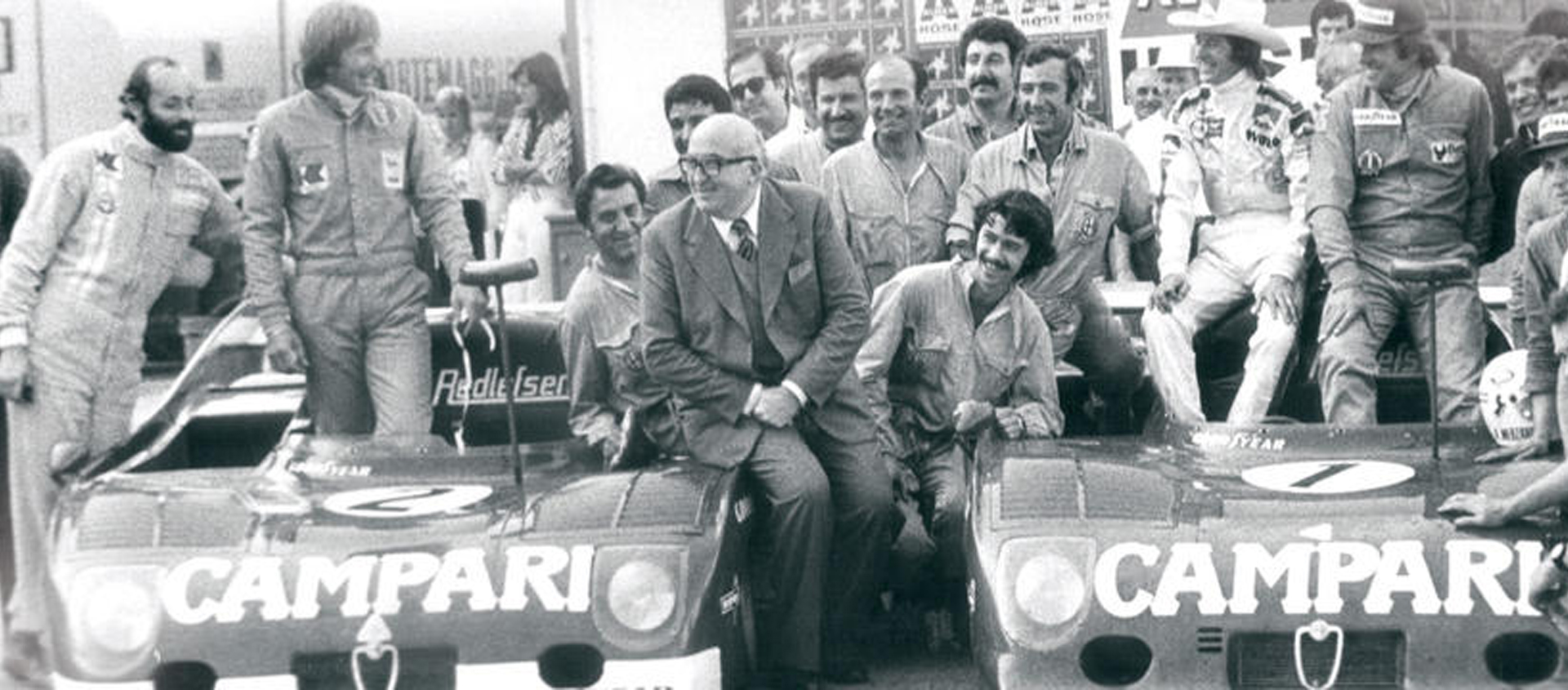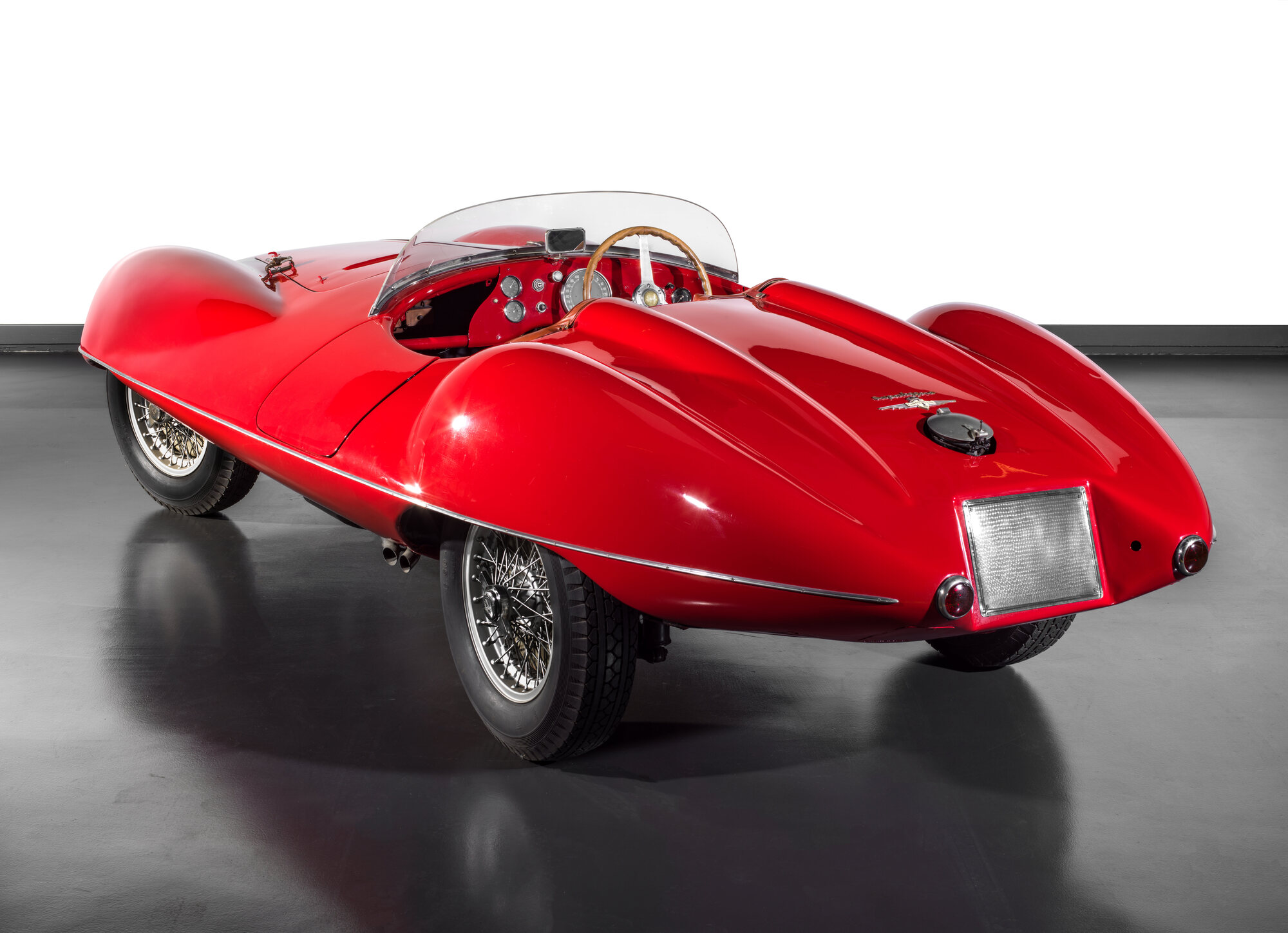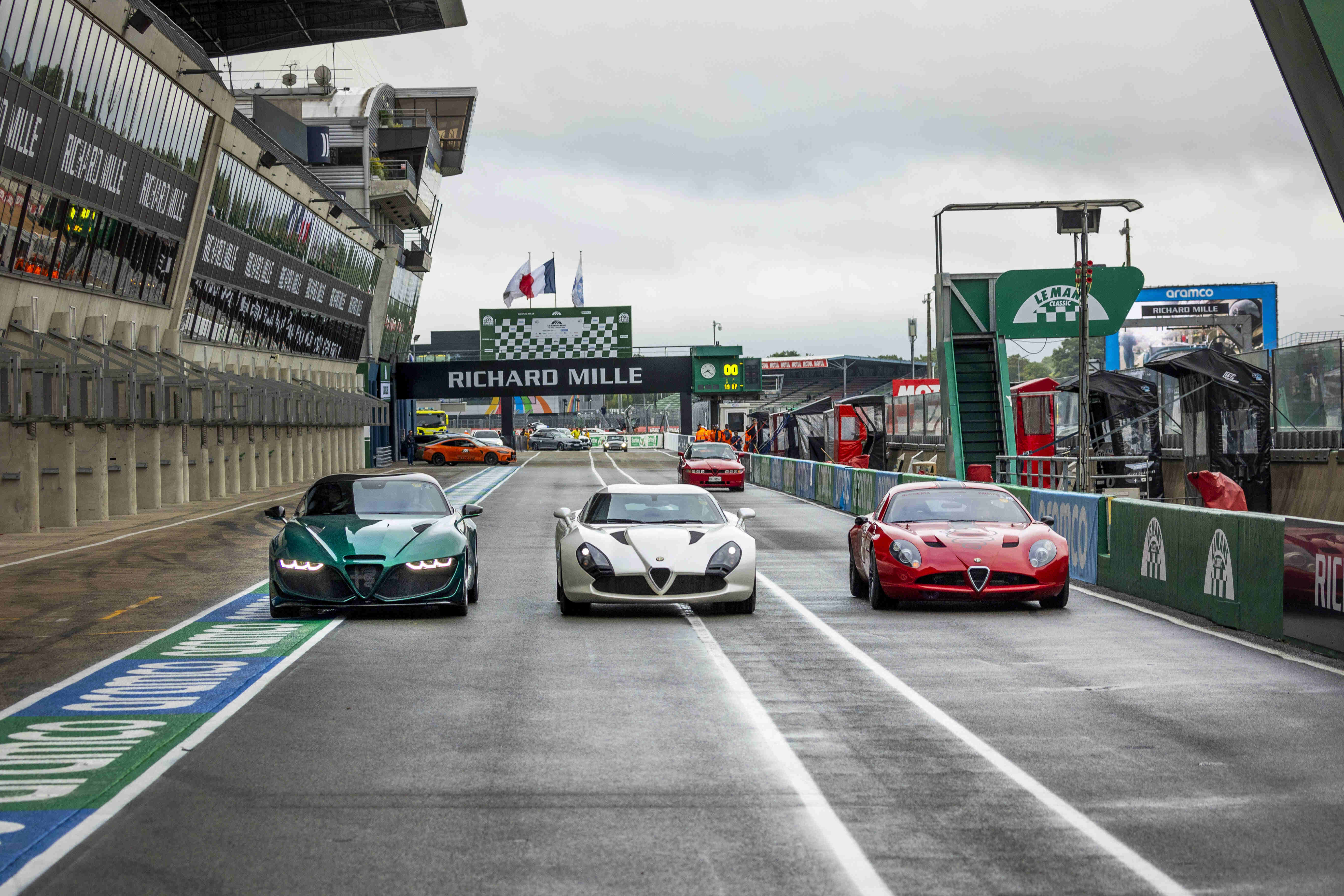Carlo Chiti and Autodelta: when Alfa ruled the circuits
23 June 2020 2 min read 6 images

As we celebrate Alfa Romeo’s 110th anniversary, Carlo Chiti, the exuberant Tuscan engineer who managed to return Alfa Romeo to racing glory after they retired from Formula 1 in 1951, cannot be forgotten. Chiti was born at Alfa in 1953, in the Reparto Esperienze Speciali (ndr. Special Experiences Department), but lack of racing drove him to Maranello and to Ferrari. Here the results were there for all to see: three World Championship for Makes with the Testarossa, two Drivers’ World Championships, with Mike Hawthorn in 1958 and Phil Hill in 1961, the year in which Ferrari also won the first Constructors’ Championship with the F156 known as the “Shark Nose”.
Register to unlock this article
Signing up is free and gives you access to hundreds of articles and additional benefits. See what’s included in your free membership. See what's included in your free membership.
Already have an account? Log In


